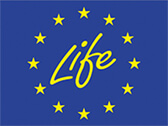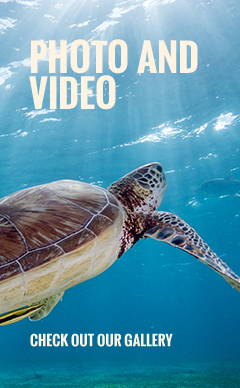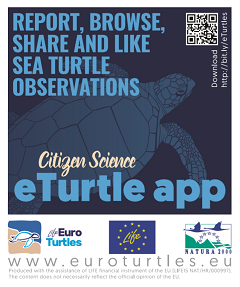The aim of the project is to improve the conservation status of the EU populations of two sea turtle priority species, the loggerhead turtle Caretta caretta and the green turtle Chelonia mydas.
The project recognizes that this aim can only be achieved through an EU-level approach considering the multinational distribution of these populations, which have breeding and foraging grounds in different and distant EU countries.
The specific project objectives are:
1) Reduce the impact of anthropogenic threats at nesting sites, in order to (i) guarantee a suitable nesting and incubation habitat for the future, considering climate change effects, and (ii) allow a high production of hatchlings recruiting to their populations.
2) Reduce the impact of anthropogenic threats, particularly fishery-related, at foraging grounds.
3) Improve the effectiveness of marine Natura 3000 sites for sea turtle conservation, by extending current sites over turtle hot-spot areas and improving their management.
4) Set up a consistent approach for the conservation of the EU sea turtle populations, in order to optimize current and future efforts and resources in the EU.
5) Contribute to the Marine Strategy Framework Directive with consistent methods and with baseline data for improving the capacity of monitoring the conservation status of the EU sea turtle populations in the future.
6) Promote among EU citizens the concept of shared EU sea turtle populations and of the common heritage of natural marine resources of which sea turtles are excellent and charismatic flagship species.
7) Set up an EU network for sea turtle conservation based on common objectives and methods. This network will include the main research and conservation organizations in



